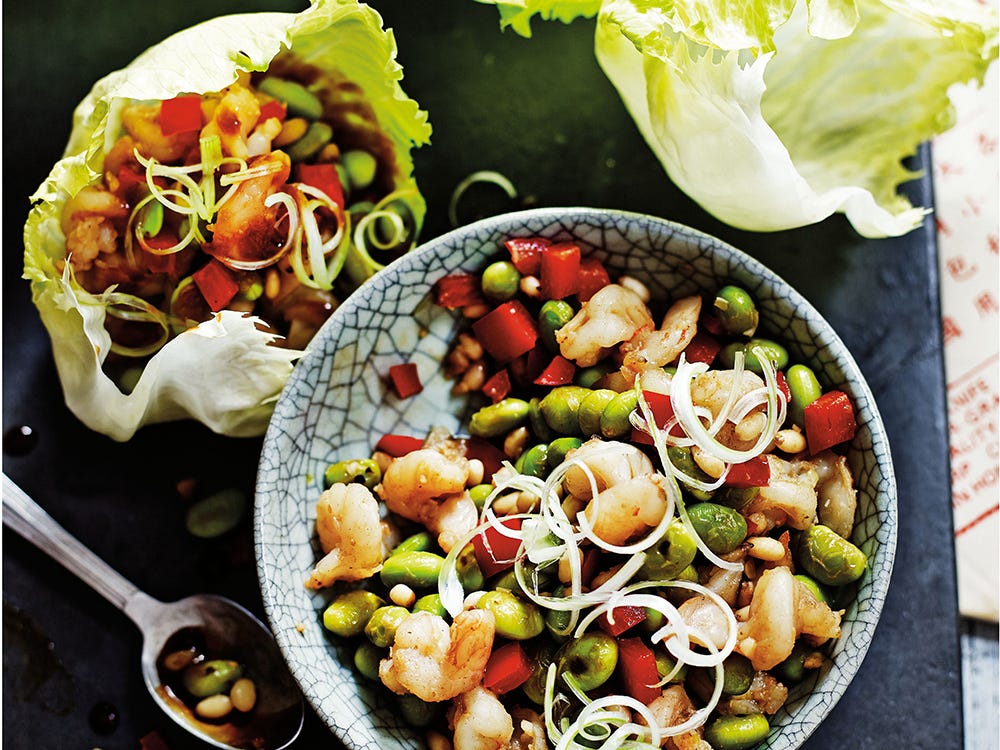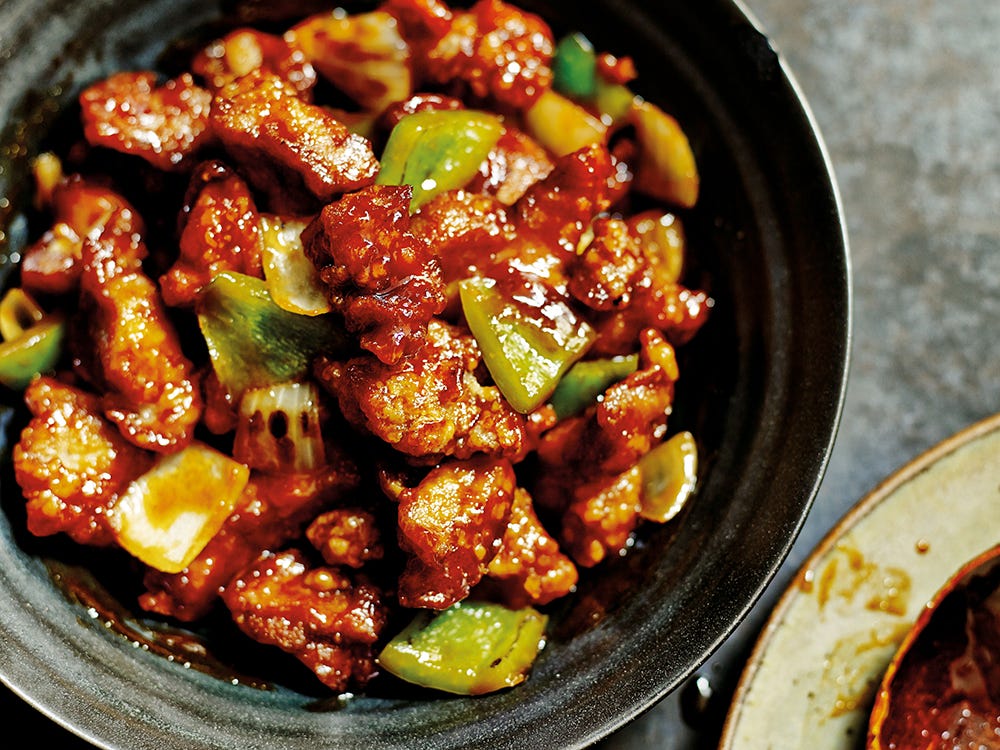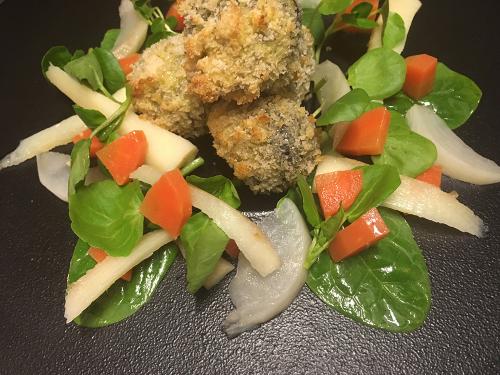Chinese New Year – The Tradition
Categories:
Chinese New Year is one of China’s most celebrated dates throughout the year. This old Chinese tradition revolves around the Luna calendar and varies on date from year to year as it is shorter than a traditional solar calendar year. The true reason behind this origin is not known for certain although there are many theories that date back as far as the Shang Dynasty around 1766 BC. The theory I like the best comes from an old legend; that the New Year started with a fight against a mythical beast, part Lion and part Ox that came from the sea and was named ‘Year’. The beast would appear on New Year’s Eve with the intention of harming people and animals and destroying farms and properties. People soon realised that the beast called ‘Year’ was afraid of noise, fire, loud sounds and also the colour red. As a result the tradition therefore came about of hanging lanterns, decorating with red fiery colours and setting off fireworks to keep the beast at bay and welcome in the New Year peacefully. In preparation for the New Year, in modern China, people clean their homes and display a variety of traditional decorations for this occasion. Families celebrate together over a 7 day period and cook many traditional dishes and recipes and share stories and traditions together. Cooking and cuisine is a big part of the Chinese culture and many recipes are ideal for celebrations and gatherings just like New Year’s Eve.
The Recipes
We have not one but two recipes for you to try at home during Chinese New Year. Courtesy of School of Woks Jeremy Pang from his book Chinese Unchopped available in-store and online.
Stir-Fried Prawns, Edamame and Pine Nut Lettuce Wraps
 Ingredients
Ingredients
- • 300g Raw prawns, peeled, washed and deveined (see tip)
- • 1 Iceberg lettuce
- • 1 Iceberg lettuce
- • ½ Red pepper
- • 1 Spring onion
- • 2 Garlic cloves
- • 150g Edamame (Soya) beans, fresh or frozen
- • 3 tbsp. Pine nuts
- • 1 tbsp. Vegetable oil
The Sauce
- • 1 tbsp. Light soy sauce
- • Dash of sesame oil
The Dressing
- • 6 tbsp. Hoisin sauce
- • 3 tbsp. Water
Method Remove the stalk of the lettuce by chopping off the bottom third, being careful not to tear any leaves. Turn the trimmed lettuce upside down, place it in the centre of a mixing bowl and pour over hot water very briefly before submerging it in ice-cold water for at least a minute. (This process will help you separate the leaves from each other without much effort.) Separate and drain the individual lettuce leaves, trimming them for presentation if needed and finally place in the fridge to cool. To butterfly the prawns, cut a line from underneath the head of the prawn to the tip of the tail using a sharp knife and opening up the prawn fully. Finely dice your red pepper, spring onions and then chop your garlic. Mix your sauce and dressing ingredients together in a separate bowl. Heat the vegetable oil in a wok over a high heat until smoking-hot. Add the prawns and stir-fry for 30 seconds, then add the red pepper, edamame beans and garlic and continue to stir-fry for 1 minute, keeping the heat high. Add the pine nuts and stir-fry for 30 seconds, then pour over the sauce and continue to stir-fry until the prawns are lightly golden brown on the outside. Sprinkle over the spring onion and transfer to a serving plate or bowl. Pile the lettuce leaves on a separate plate and serve with the dressing. Let everyone help themselves by filling a leaf with a spoonful of the prawn mixture, wrapping it into a bundle and dipping it into the dressing. TOP TIP:To devein a prawn, use a small, sharp knife to make a slit along the middle of the back to expose the dark vein, then pull it out. Alternatively insert a toothpick roughly three-quarters of the way up the back of the prawn and then pull the vein up and out of the prawn.
Classic Sweet and Sour Pork
 Ingredients
Ingredients
- • 300g Pork shoulder steaks
- • 200g Cornflour
- • ¼ tsp. Salt
- • ¼ tsp. Black pepper
- • ½ Onion (optional)
- • ½ Green pepper (optional)
- • Vegetable oil for frying
The Marinade
- • 1 tsp Sesame oil
- • ½ tsp. Granulated sugar
- • 1 tbsp. Light soy sauce
- • 1 Egg
The Sauce
- • 4 tbsp. Tomato ketchup
- • 4 tbsp. Rice vinegar or White wine vinegar
- • 4 tbsp. Granulated sugar
- • ½ tsp. Dark soy sauce
Method Cut the meat into 2cm cubes then place in a large mixing bowl. Add the marinade ingredients and using your hands, massage the pieces until they are evenly coated, add the seasoned cornflour and rub it into the meat. The meat will first start to stick together in clumps but will start to separate as you continue to rub it. When all the meat has completely separated it is ready to be fried. Cut the onion and pepper, if using, into 2cm diced pieces. Mix the sauce ingredients together in a separate small prep bowl or a ramekin. Half-fill a large pot, wok or deep-fryer with vegetable oil and heat to 180°C (350°F), or until the tip of a wooden chopstick or skewer starts to fizz after a second or so in the oil. Carefully add the marinated meat and deep-fry until golden brown, about 5–6 minutes. Remove the pieces carefully with a slotted spoon and then drain well on a plate covered with kitchen paper. In a separate wok, heat 1 tablespoon of vegetable oil over a high heat until smoking-hot. Add the onion and pepper if using and stir-fry for 1 minute until the onions are lightly browned, then pour over the sauce and bring to a vigorous boil. Once boiling, add the pork pieces and toss through a few times to mix everything together. Serve immediately. TOP TIP:The key to a good sweet-and-sour is to ensure the meat is as crispy as possible and that there is just enough sauce to wrap around the meat, but not so much that the meat is swimming in it. If the sauce is not quite sticky or thick enough, continue to boil in the wok for 30 seconds or so longer before adding the meat.
The Kit
Using with the right equipment when cooking Chinese food is essential to getting the desired results. Woks are one of the main methods of cooking for Chinese food. A wok is constructed with very thin metal and as a result making it ideal for cooking quickly and at high temperatures and adding great flavours to your meal. Most woks have a thick wooden handle for good control while cooking. Woks are available in a variety of finishes. Most people enjoy using a non-stick wok for ease of use and cleaning. Carbon steel woks are also great for cooking once the pan itself has been seasoned, you can read our blog ‘How to season cookware and bakeware’ here. Popular woks come from well-known brands like Ken Hom and Jeremy Pang’s School of Wok. Bamboo steamers are perfect for steaming Chinese foods such as Dim Sum and pancakes for wraps. You can also make rice in a steamer using a muslin cloth or parchment. Cooking with a steamer is a great way of getting the most nutrients from your food and creating delicate dishes especially in Chinese cooking. Ladles are used alongside woks in Chinese cooking. Using the ladle to scoop and toss food in the wok is a great way of getting the best results from this form of cooking, especially if the ingredients are being cooked in oil or boiled water. A spatula is another good utensil for Chinese cooking, as moving ingredients around a wok quickly is essential. Popular spatulas are wooden or silicone, especially for non-stick pans as they won’t scratch the surface. Chopsticks are not only used for eating with but are also useful when cooking and mixing ingredients flavourings and spices into your wok. Chopsticks are available in pairs but are sometimes also available in packs and tend to be plain wood, bamboo or plastic with decorative designs.



